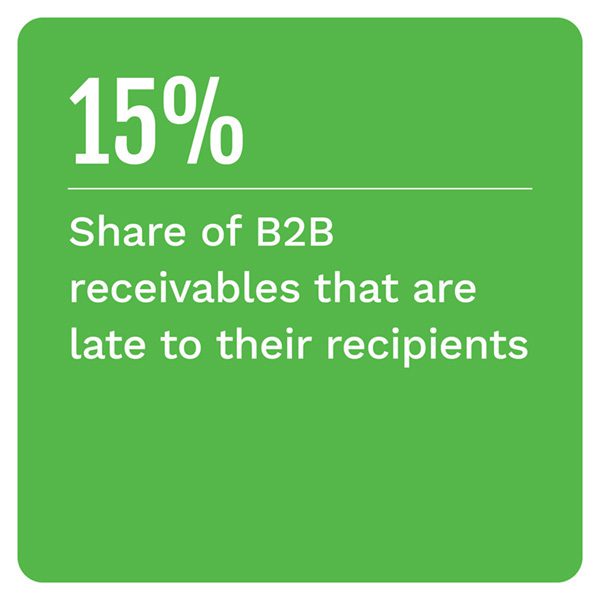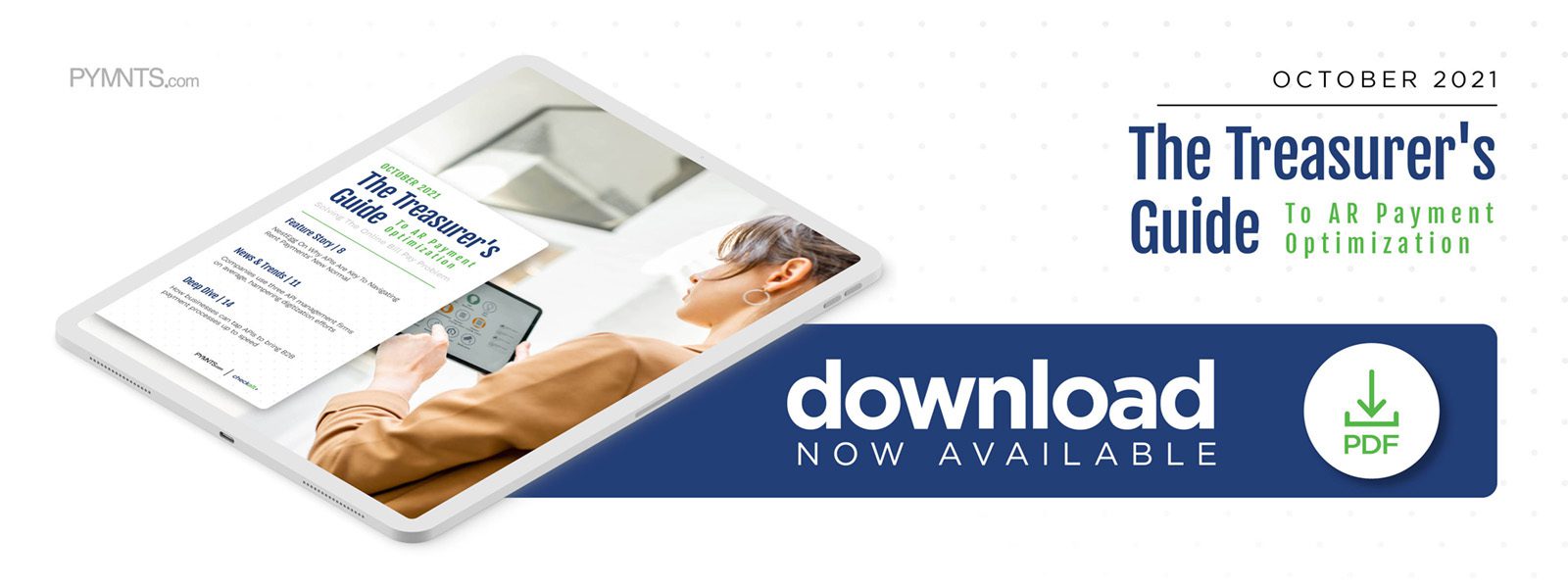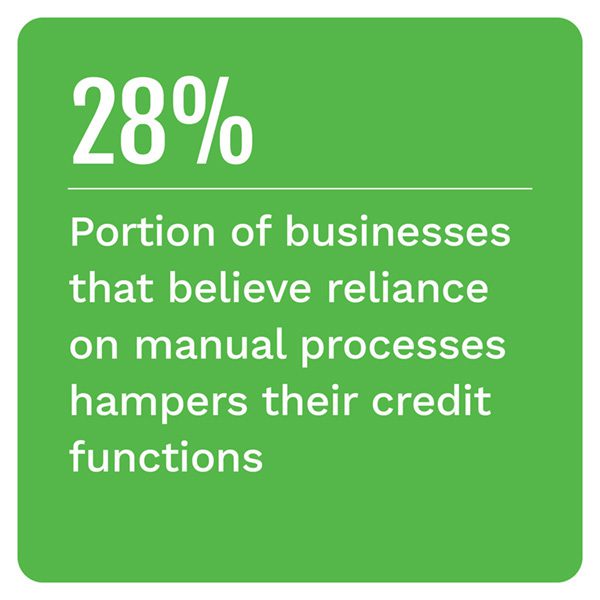APIs Give Property Managers Much Needed Nudge to Ditch Paper Checks

Businesses across multiple industries are looking for ways to augment their B2B payment processes to run more smoothly in a world that is becoming increasingly digital following the impacts of the global health crisis.
Determining how to make their accounts payable (AP) and accounts receivable (AR) processes speedier and more transparent is quickly becoming essential to stay competitive, especially as it becomes critical for firms to accept a variety of payment methods across an increasing collection of disparate systems. 
Interest in technologies such as application programming interfaces (APIs) that can connect multiple systems for easier data or payments transfer is growing, with one study predicting half of all B2B payments will be sent via APIs by 2023. APIs can also easily connect to companies’ enterprise resource planning (ERP) systems, creating more transparency inside AR and AP processes that could potentially nudge more firms to step back from paper checks.
In the latest The Treasurer’s Guide To AR Payment Optimization, PYMNTS takes a close look at how businesses’ B2B payment needs are shifting, as well as how technologies such as APIs could come to play a key role inside of firms’ AP and AR processes as they look to optimize them for a digital world.
Around the B2B Payment Optimization World
APIs can enable businesses to more easily aggregate the data they need to finalize their transactions swiftly in one place, allowing them to switch from siloed AP and AR processes to digital-optimized models. Many companies are eyeing the potential benefits of APIs and considering how they could add further efficiency to their B2B processes, but making a seamless jump from manual to digital B2B payments has its challenges. One study found that 70% of companies’ digital transformation initiatives fail to fully achieve their goals. This may partially be because many firms are attempting to run emerging digital processes in the same manner as legacy solutions, keeping data or other key features in silos. Adjusting their B2B payments strategies to fit a digital world is therefore crucial.
Decision-makers at more and more companies are coming to see their continued use of siloed processes as a pain point that could hamper growth at their organizations, notably. Seventy-one percent of companies surveyed in one report cited their reliance on manual data entry or related tasks as primary friction points in their AP processes, for example. Businesses are also citing increased frustrations with lagging payment processes and opaque data, with 77% of firms stating their ability to view supply chain data with transparency is either a “critical” or “moderate” priority for operations to run smoothly. Figuring out how to break their reliance on manual or siloed data processes appears to be becoming a top goal for more companies.
One way businesses may be able to make the jump to connected rather than siloed B2B processes is to integrate APIs and reduce the number of APIs or API vendors they come to use. One study analyzing businesses in Australia, Europe, Singapore and the U.S. found firms use three different API management vendors on average, for example. This can lead to confusion and can hamper companies’ ability to launch new products on time or manage existing services with seamlessness, as their data is still siloed across different platforms. Reducing that fragmented landscape can help firms to increase their productivity.
For more on these and other stories, visit the Guide’s News & Trends.
How NestEgg Is Using APIs to Streamline Property Management Payments
The impacts of the global health crisis have especially exacerbated existing pain points in industries like the property management space, where rent payments have primarily been conducted the same way for years via paper checks. Both landlords and tenants are seeking more transparency out of this payment experience in today’s increasingly digital landscape, however.
This makes it key for property managers to offer digital payment options that meet these changing needs, explained Eachan Fletcher, CEO and co-founder for rental property management app NestEgg.
To learn more about how tapping APIs can help property management services provide digital payment options, visit the Guide’s Feature Story. 
Deep Dive: How APIs Are Shaping the Future Digital B2B Payments Ecosystem
Companies seek out payment methods and tools that can help to add more speed and efficiency to their B2B payment processes, but breaking a decades-old dependence on paper checks can be difficult. This is especially true as such manual processes are often built on legacy infrastructure, making it challenging for firms to integrate or support emerging digital payment methods. Using APIs and ERP systems can help to provide a bridge for companies to such technology transitions, allowing them to connect different manual or digital payment channels into one space.
To learn more about how integrating APIs could help companies to meet their shifting B2B and payment needs, visit the Guide’s Deep Dive.
About the Guide
The Treasurer’s Guide To AR Payment Optimization, a PYMNTS and CheckAlt collaboration, examines the latest B2B and consumer payment trends and how businesses can keep pace with them. It also outlines which solutions and technologies are becoming key to companies’ payment optimization efforts.

